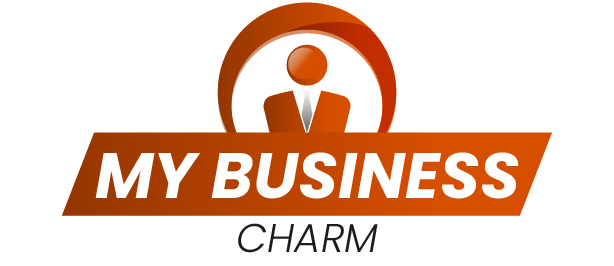Have you heard about the hottest and most popular eCommerce technology topics? AI (artificial intelligence) is unquestionably the first one, and we’ve already talked about how it functions for e-commerce utilizing actual AI services like Azure Machine Learning Studio.
What’s trendy right now? In reality, it’s a combination of the words e-commerce, Web3, and blockchain. There are nascent fintech firms that claim you can start your own web3 shopping website development shop or marketplace utilizing their service in five or even 10 steps. In either case, can’t everything these days be completed with a few clicks? It can be difficult to resist opening these kinds of articles out of curiosity, even while you are aware that the headline is really clickbait.
Companies want sophisticated eCommerce solutions.
There are undoubtedly some potential firms, but investors want to make sure their money isn’t just going toward a flashy gadget. Therefore, they start by examining what blockchain capabilities the reputable and experienced eCommerce platforms employ.
The B2B advanced functionality with a significant number of nuances that trade and manufacturing customers demand from eCommerce platforms is coded into these platforms over the course of thousands of development hours. The development of e-commerce connectors with the company’s back offices is then given more time and money, along with problem-fixing and technical assistance.
A succinct explanation of blockchain terminology
Although you might be familiar with the term “blockchain” in the context of cryptocurrencies, it also has numerous other implications. A decentralized ledger that can be used to track digital data is the blockchain. Since there is no central authority, the decentralized ledger suggests that the data is more reliable. Your own data is under your control.
The future is here, and it’s all because of Web3, a term invented by Ethereum’s creator that blockchain supporters refer to as “the next phase of the internet.” This concept of decentralization integrated into business life with token-based economics is for a new version of the WWW based on blockchain technology. This enables cryptocurrency Web3 payments, in which funds are transferred from one wallet to another using an open-source protocol as opposed to a financial institution.
For a broad grasp of web technologies, it is necessary to be aware of what existed in Web1 and Web2 while discussing Web3. Therefore, a little historical reference would also be nice because I value your time. Additionally, if you are familiar with Web1 and Web2, skip to the following section.
When the internet first began to attempt to mimic established media, it had some limitations. People could only view static pages of information, which required downloading in order to access, hence the name “read.” It was a far cry from the dynamic websites of today, where users can do more than just read emails or articles and material changes continuously on demand.


